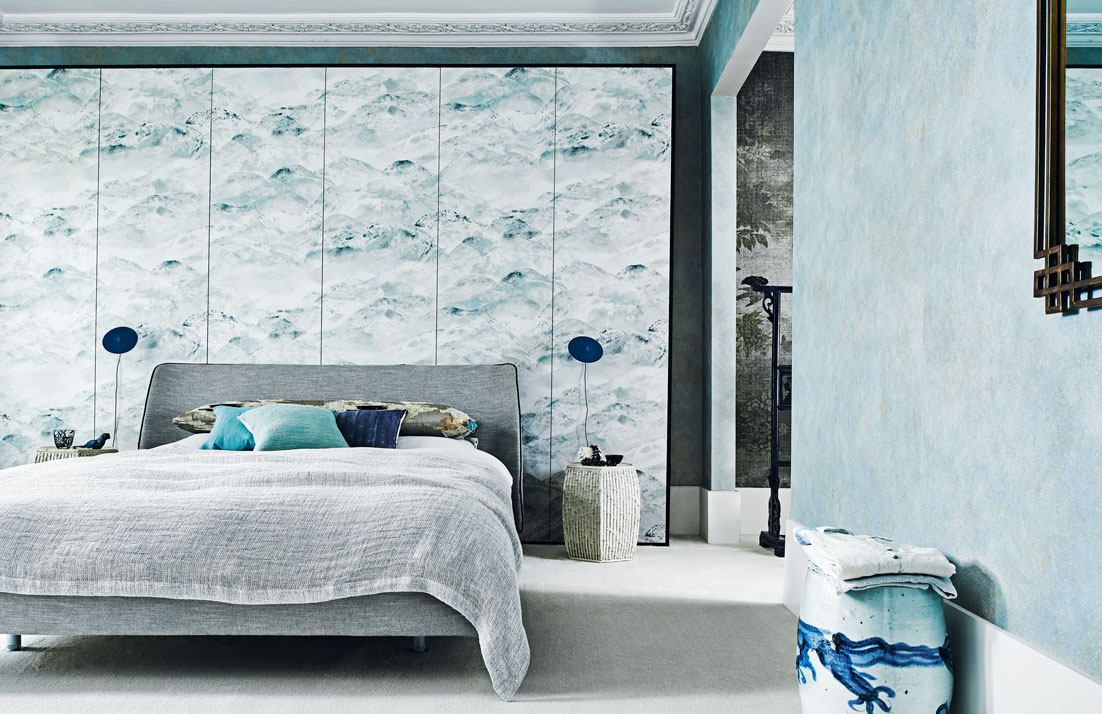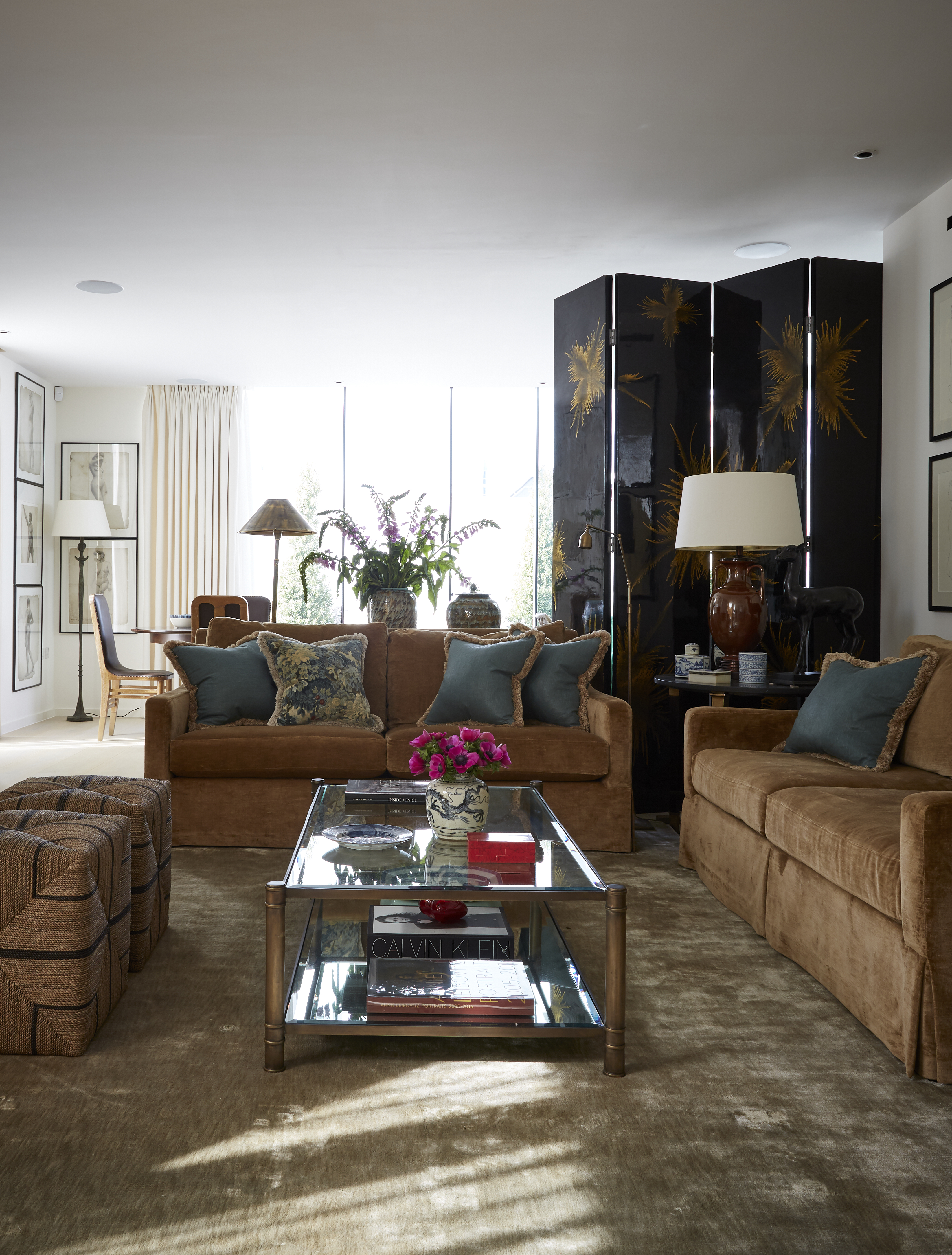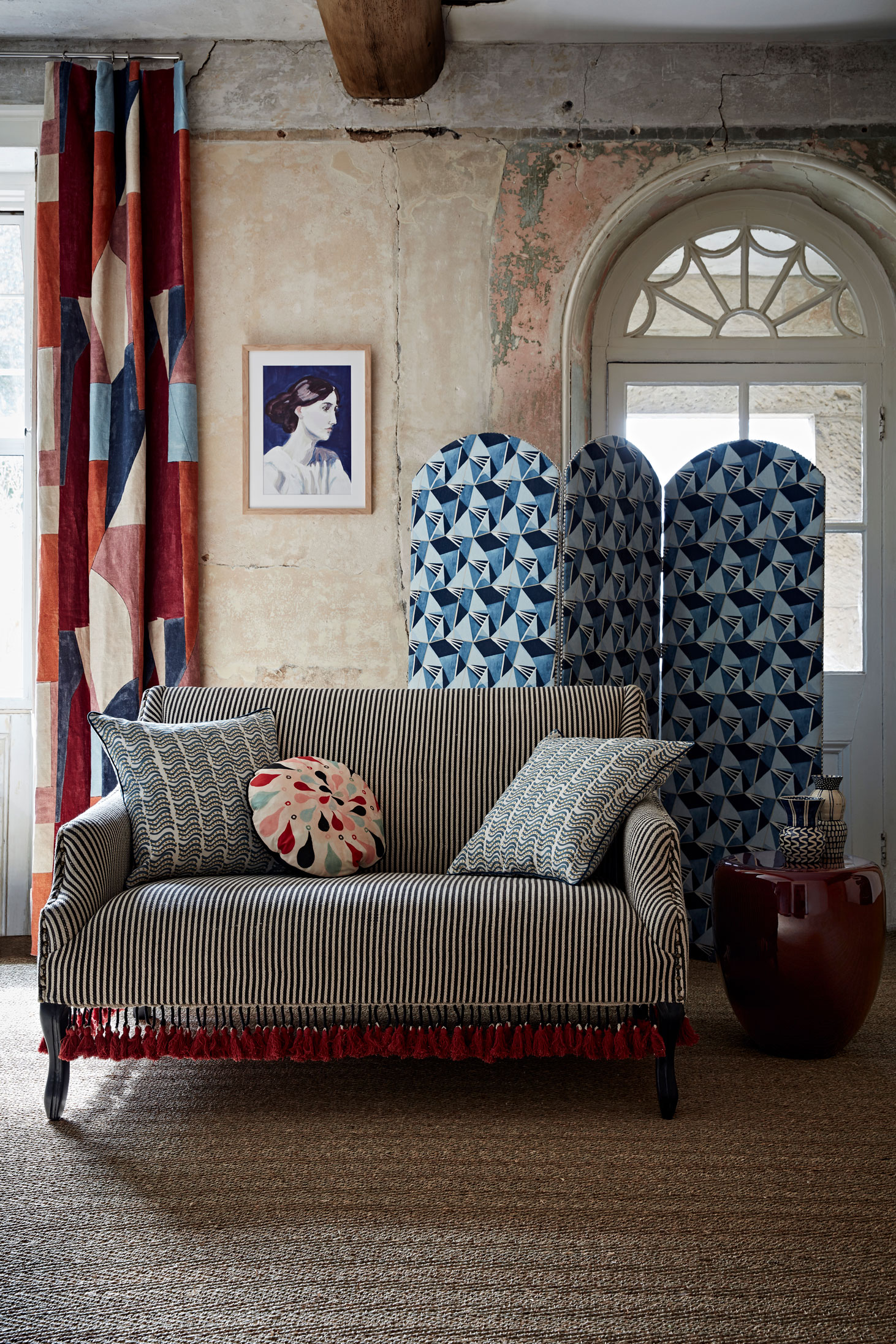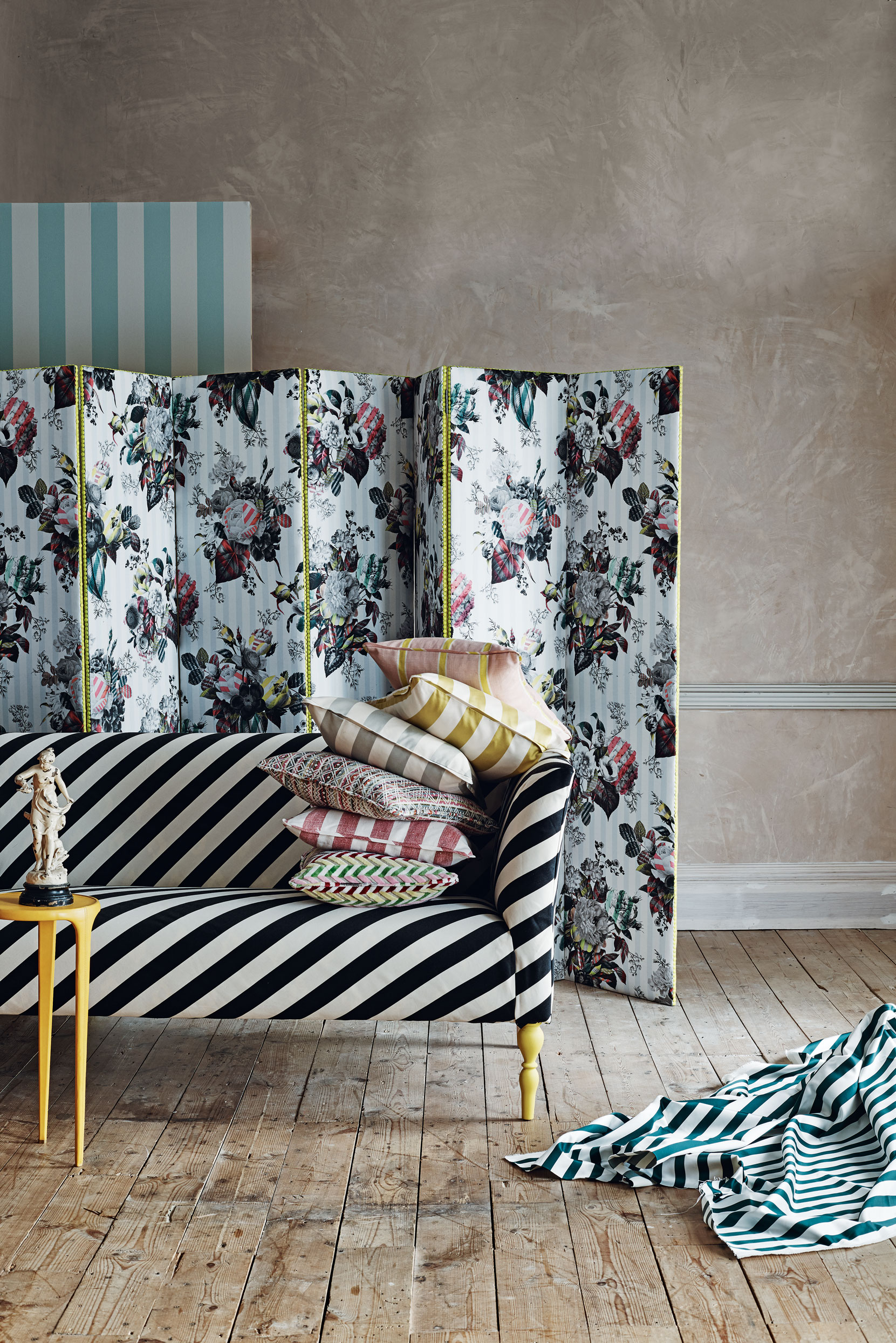Folding screens are making a comeback – interiors experts explain why your home should have one
We're welcoming back the room divider trend that effortlessly combines style, practicality, and multifunctionality


In search of the most practical trend of the season? Look no further than the enduring style of a folding screen – or room divider. The allure of this centuries-old multi-functional furniture is more prominent today than it has been for years – and no wonder: it oozes practicality and solves some of the biggest challenges post-pandemic homes are facing – the most pressing being to break up open-plan spaces.
See: Living room ideas – inspiring ways to decorate and furnish your space
It is, therefore, unsurprising that demand for folding screen/room dividers have recently jumped by 177%, with Wayfair observing a 25% increase in search for room dividers over the past year.
'We've seen a noticeable rise in demand for our screens and room dividers over recent years, and particularly over the last 12 months as we spend more and more time at home,' explains James Cottrell from Shimu which specializes in Asian-inspired furniture.
But what exactly makes these pieces so appealing? Here interior experts explain the key reasons behind the rise in popularity of folding screens, from their timeless elegance to their unrivalled versatility.
1. Privacy in an open plan set-up

While bright and airy open-plan living spaces have their appeal, broken-plan spaces are becoming increasingly favorable, especially after months of seeking privacy in a bustling family home. Plus, as Martin Waller, founder of global design house Andrew Martin, shares, open-plan areas can often feel 'sparse or empty.' So, this is where folding screens and room dividers come in.
'Open-plan spaces are increasingly popular and are great for entertaining but can sometimes feel sparse or empty. Open furniture, such as cabinets, bookcases, or shelving, can be used to create different zones without making the space feel closed in. A folding screen can provide privacy, something that is often lacking in open plan living,' Martin says.
Sign up to the Homes & Gardens newsletter
Design expertise in your inbox – from inspiring decorating ideas and beautiful celebrity homes to practical gardening advice and shopping round-ups.
See more: Small living room ideas – ways to plan and decorate a smaller space
2. Flexible room zoning

In a similar way, screens can be used to zone a space – a term that is also more frequently used, as we all look to separate spaces within our homes to differentiate between times of the day.
This is highlighted by Hannah Armstrong, Furniture Buyer at Heal's who explains: 'After a year of homeschooling and remote working, zoning our spaces to create a more structured, multifunctional way of living has become increasingly important.
'While the popularity for open plan design shows no signs of abating, the demand for room dividers has grown. Dividers are a simple and flexible solution to quickly update the layout of a room while also offering a stylish storage solution.
'Dividers can create additional zones in compact homes without permanently blocking off a space or losing natural light. Use the feature to design an intimate dining area which can be extended when entertaining larger parties, separating a quiet study space from busier parts of the living room.'
3. Concealing parts of a room

While the screen is used for zoning, it can also be used to conceal any areas you might want to hide. That can be hiding your desk after work or hiding the rest of the room from your video call backdrop.
This is noted by celebrated interior designer Steph Briggs, who praises the furniture's ability to not hide anything unwanted from view.
'With our homes being more multi-functional than ever, scenes and room dividers are a big help. From hiding the background on a Zoom call, sectioning off the desk during evening downtime, or adding height or a burst of color to a room, they really are a useful addition to any modern home,' she explains.
4. Statement backdrop in a room

While a folding screen is great for concealment it can also make a statement in a room. Exclusive screen designers Laura and Caroline Allnatt, founders of ROOME London comment, 'We think a statement screen can be used as a standalone piece of art or as a sophisticated room divider.
'Also, when working from home, it can provide a stunning backdrop for an office space,' they add.
Rosie Axford, Partner at Wicklewood, further points out that they can be used to add to the design scheme in a room with layers of color and texture.
'Divider screens are a great way to add layers of color and textures to any room. They also give you the opportunity to add color and pattern to a room where wallpaper might not be an option.'
See: Bedroom ideas – designs and inspiration for beautiful bedrooms
5. Enjoy elements of escapism

While divider screens are trending, they also pay homage to some more niche interior trends of the year. This includes escapism. We might not be able to travel at the moment but we can dress our homes with panels inspired by our wanderlust. Whether that be with Asian design influences or playful, exotic blooms.
As James Cottrell from Shimu shares: 'None of this is new to the Chinese, who have used screens and partitions to section off parts of their homes for centuries – our antique screens were originally used in this way, and our reproduction screens are based on old internal dividers.
'With the pandemic seeing us reassess how we live in and use our homes, we increasingly recognize the value of these versatile items of furniture ourselves.'
Divider screens are increasingly working their way into apartment living room ideas, where one room often has to take on a number of different roles.
A timeless trend that is as practical as it is chic? We can only hope this never goes out of style.

Megan is the Head of Celebrity Style News at Homes & Gardens, where she leads the celebrity/ news team. She has a history in interior design, travel, and news journalism, having lived and worked in New York, Paris, and, currently, London. Megan has bylines in Livingetc, The Telegraph, and IRK Magazine, and has interviewed the likes of Drew Barrymore, Ayesha Curry, Michelle Keegan, and Tan France, among others. She lives in a London apartment with her antique typewriter and an eclectic espresso cup collection, and dreams of a Kelly Wearstler-designed home.
-
 Kris Jenner's favorite air fryer, the Ninja Crispi, is the perfect small kitchen solution – it deserves a place on the most compact of countertops
Kris Jenner's favorite air fryer, the Ninja Crispi, is the perfect small kitchen solution – it deserves a place on the most compact of countertopsKris approves of this compact yet powerful air fryer, and so do our own kitchen appliance experts, praising it for its multifunctionality
By Hannah Ziegler Published
-
 Ina Garten's storage pantry is an insightful window into all of the best cookware used by the chef – and it's easy to recreate on your kitchen shelves from $48
Ina Garten's storage pantry is an insightful window into all of the best cookware used by the chef – and it's easy to recreate on your kitchen shelves from $48The beautiful dishware in The Barefoot Contessa's Hamptons pantry showcases the tools she uses most often to cook – this is exactly how you replicate it
By Sophie Edwards Published